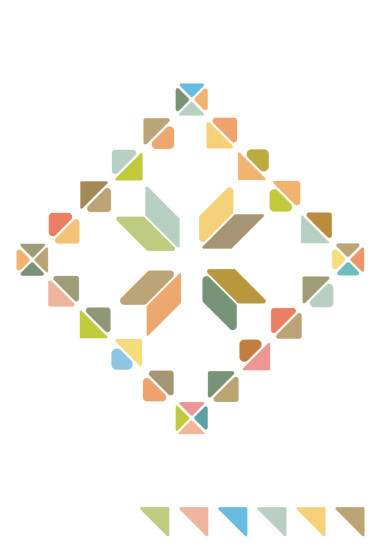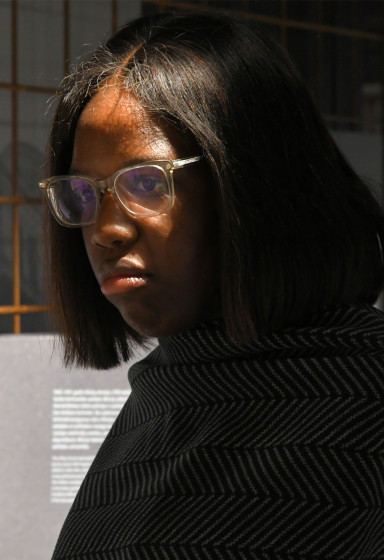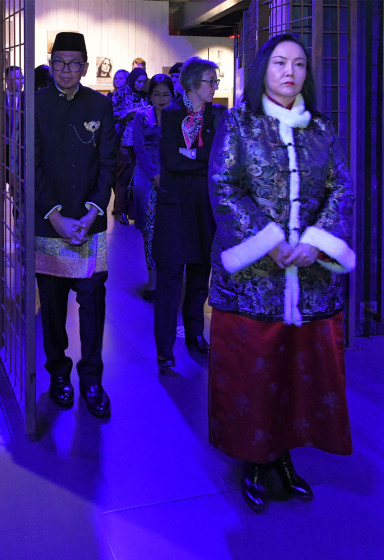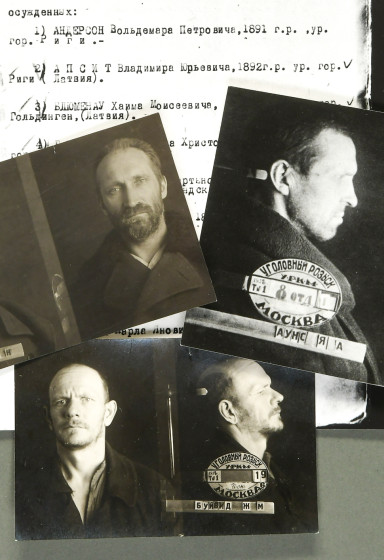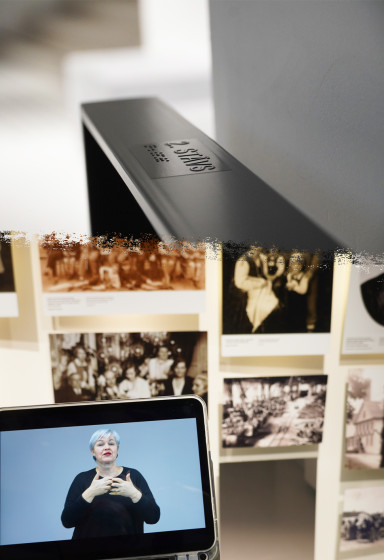Donate to Museum
Each donation helps to ensure the Museum's activities, allowing it to function and provide information for people from all over the world.
The Museum is grateful to each donor and invites everyone to contribute.
The First Ten Years of the Museum of the Occupation of Latvia
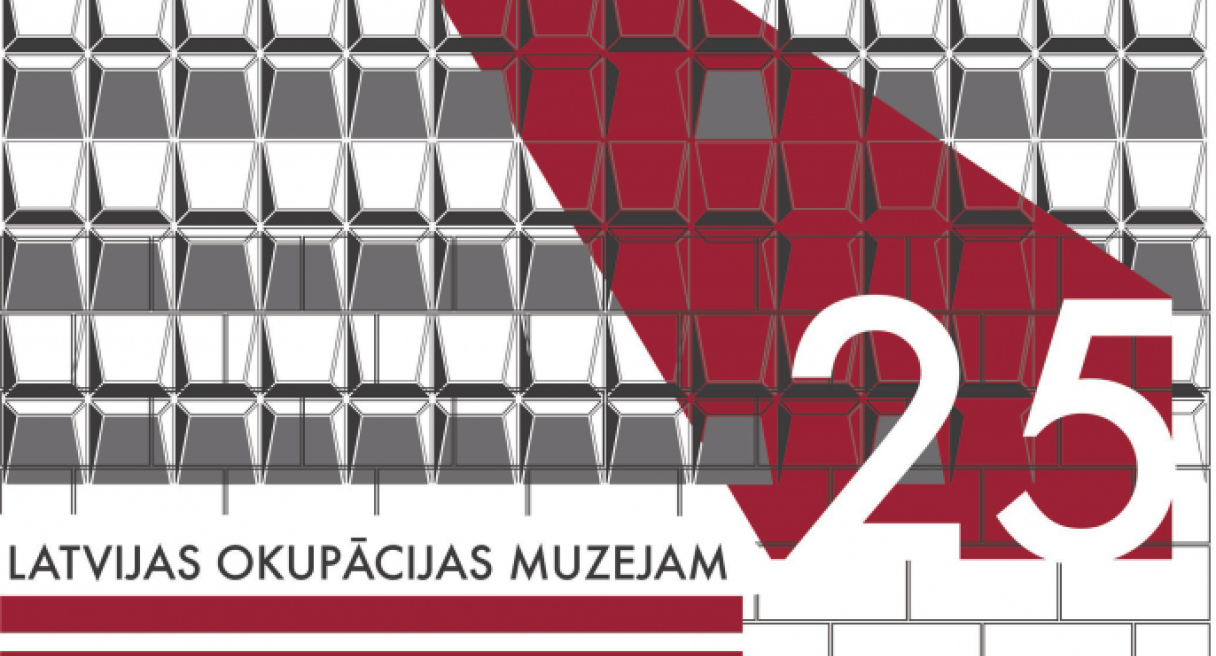
In February 1993, history professor Paulis Lazda of the University of Wisconsin submitted a proposal to the Latvian Ministry of Culture to establish a museum dedicated to the occupation of Latvia. The proposal was accepted, and 11 people came together to establish the non-profit organisation – the Occupation Museum Foundation (OMF).
The First Employee
Intense preparation followed, involving Latvians who had experienced the occupation period themselves and other who had recently returned from the USA and Australia. The exhibition was planned by the interior designer Anna Zoldnere. She would also become the museum’s first director and first employee. The enthusiasm of museum supporters helped to create the exhibition: the texts, photos and copies of documents were all provided by volunteers. The Museum also received its first financial donations from Latvians living overseas.
After a lot of hard work, the exhibition was opened on 1 July. It described the first year of occupation from 17 June, 1940, when Soviet tanks entered Rīga. Soon after, in September, work began on preparing the next part of the exhibition.
Continued Expansion
The museum would grow over the next few years. Each year, for the next 5 years, on 14 June the museum would open the next part of the exhibition:
- 1994 - the Nazi German occupation, and a reproduction of a Gulag barrack;
- 1995 - the occupation during Stalin’s rule (1945-1953);
- 1996 - the period 1956-1964;
- 1997 – the period 1964-1984;
- and finally in the lasts section 1984 to independence, completed the exhibition.
The significance of the message of the museum in the eyes of society meant the openings included public addresses by important figures such as Eduards Berklāvs, who opposed Russification policies in the 1950s; Lidija Doroņina-Lasmane, who was severely persecuted for her opposition to the Soviet regime; and President Guntis Ulmanis.
Temporary Thematic Exhibitions
Alongside this main exhibition, various temporary thematic exhibitions have been created through the years covering a range of topics relating to the occupation period. This started in 1999 with the exhibition The 1949 Deportation, To Live with Art, and a commemoration of sculptor Eduards Sidrabs. Widening the scope of the Museum, a space began to be provided for the presentations of books that were related to the occupation period.
In the following few years, exhibitions were made about:
- the Popular Front,
- the attack at Masļenki;
- a successful Latvian refugee trip in 1946 to the USA in a large motor boat;
- homemade Latvian flags that had been carried by refugees, deportees, or kept hidden;
- Soviet propaganda posters and everyday commerce during the 1970s.
Monuments
In the constant search for new ways to share Latvia’s history, the museum engaged in the construction of monuments. To commemorate those who were deported, a reconstruction of a railway wagon used for deportations was unveiled on 14 June 1996. In 2001 sculptor Gļebs Panteļejevs and architect Andris Veidemanis prepared plans to establish a memorial to the victims of the KGB next to the building that housed the KGB in Riga until 1991.
Research and Education
The museum also began to be carry out research. In 1998, with a grant from the Latvian State, the museum started a Research Programme led by Dr. habil. Henrihs Strods. Then in 2000 a memorial site identification program was started under the leadership of Richards Pētersons. This type of research work was expanded in 2001.
Furthermore, the museum established an education programme under the leadership of Dagnija Staško in 1996. One of the activities of the Education Programme was to create travelling exhibitions. The first example was made in 1998 about the Soviet military aviation training centre in Zvārde, which travelled to 30 schools. In the same year, funds were also received to prepare a travelling exhibition about the whole occupation period with texts in Latvian, English, German and French. In November, 24 large posters were shown in the European Parliament in Brussels. Several versions of the exhibition also travelled to other cities in Europe, the USA, Australia and Canada.
In 2001 museum staff also started to give tours to Latvian schools and a new travelling exhibition was prepared by the Education Program in 2001. It described the whole occupation period and in 2002 was shown in 18 schools.
The education programme also created other materials including, in January 2000, The Documents Testify. This collection of historic document was created for Latvian schools and a special donation enabled the books to be sent free of charge to around 400 schools.
Publishing
During the first ten years, the museum began to publish regularly. The newsletter was started in 1996, edited by the poet Anda Līce. In 1997 the museum published its first book. Through the Eyes of a Child, written in Latvian and English, included a collection of drawings by Benita Plezere which she drew as a child when she was deported with her family to Siberia.
At the end of 1998, the museum published a book, in Latvian and German, covering the essential content of the Museum, and in March 2000, the first Yearbook was published.
Further publications included Andrejs Feldmanis’ book about the 16 June 1940 attack on the Latvian border post at Masļenki, in July 2000.
Visitors
Over the years the number of visitors steadily grew as the museum developed. In 1997 the museum received more than 10,000 visitors, in one year, for the first time. In 2001 this had increased to more than 40,000 people, including 3362 schoolchildren.
The President’s Chancellery started to offer visits to the museum to its official visitors in 1998. The first such visitors were the presidents of Iceland, Poland, and the King of Norway. In the next year the presidents of Turkey, Austria, Armenia and Lithuania would also visit.
Overcoming Obstacles
However, the museum has also encountered problems during its development. In August 1998 the Latvian State transferred the ownership of the museum building to Rīga City Council. The museum had to justify its existence, alongside the Latvian War Museum, to the Ministry of Culture, which it did so successfully.
In 1999 one of the architects of the museum building, G. Lūsis-Grīnbergs, presented a plan for its renovation and expansion to the City Council. The Council did not consider it, but in February decided to demolish the present building and transfer the Museum’s exhibition to “another suitable location”. Several places were viewed but a suitable location wasn’t found. Supporters of the Museum sent numerous protest letters to the City Council.
However in 2001, on the 800th anniversary of Riga, the well-known architect Gunnar Birkerts presented his vision of the reconstruction and enlargement of the Museum building as a gift to the Riga City Council. In October, the Council stopped the plan to demolish the museum building.
Vital Support
Throughout the history of the museum, it has been donations and grants which have enabled the museum to carry out its work. For example, in 1996 the museum received a grant from the Soros Foundation to purchase a video camera which meant the museum could start to collect personal audio-visual testimonies from eye witnesses of historic events. From 1997, funds have also been gathered from the Latvian government, for the upkeep of the building, and the Latvian Foundation, starting from 1997.
The museum’s work has also been made possible by organisations such as the museum support group (OMFA), established under Ilze Schwartz in 1996.
During the first 10 years of the Museum, all staff members worked with remarkable devotion. They exhibited deep respect for the victims of the occupation period, and great love for Latvia. All exposition texts were translated into English by volunteers. The Museum’s collection grew from zero to more than 22,000 historically valuable items mostly given as gifts.
Financial, material and non-material donations have made the development of the museum possible. They are all greatly appreciated by the leadership of the museum.
